‘Griselda’ is getting her Netflix moment. See Miami’s real ‘godmother of cocaine’
- Oops!Something went wrong.Please try again later.
Griselda Blanco, the “godmother of cocaine,” is the focus of a new Netflix series starring Sofia Vergara.
Here’s a look at the real person behind the series character, from the archives of the Miami Herald:
The many faces of Griselda Blanco
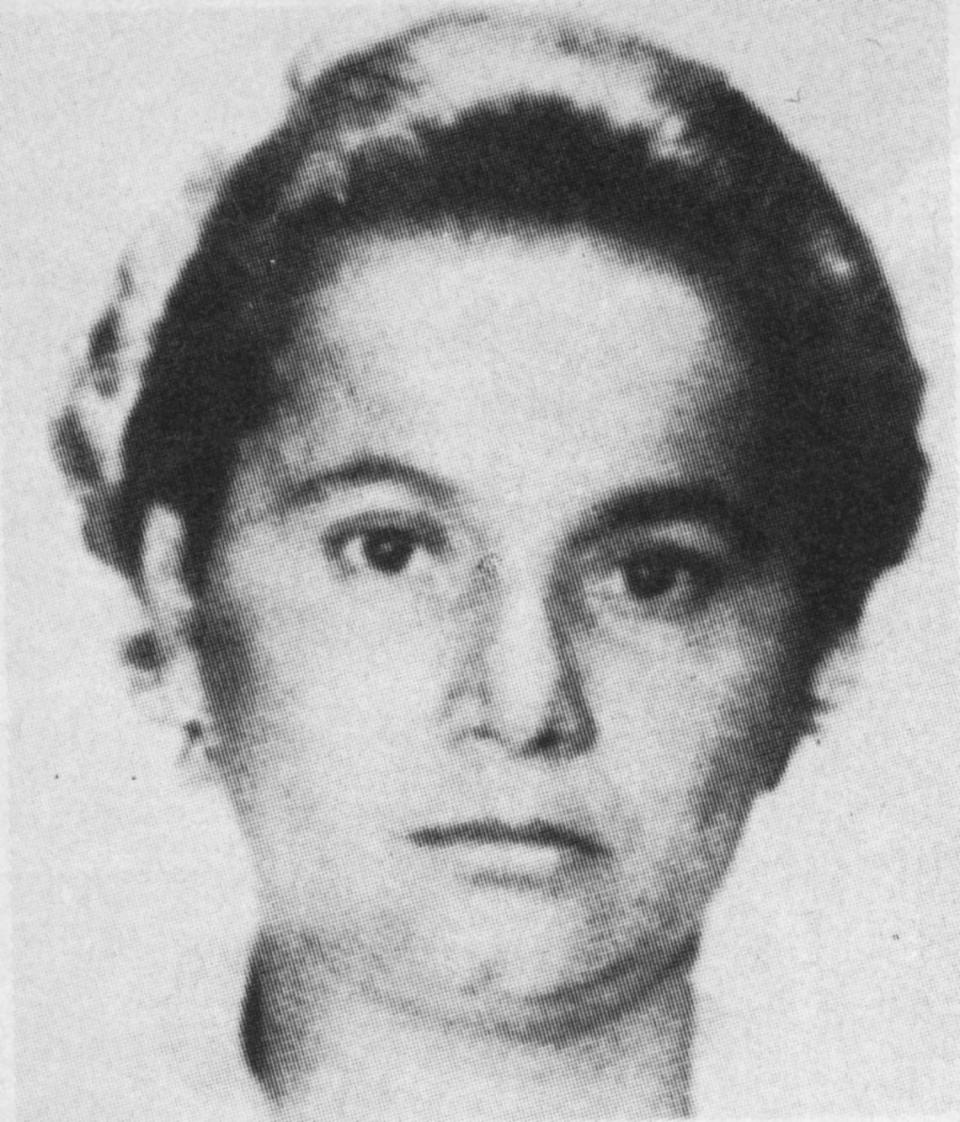
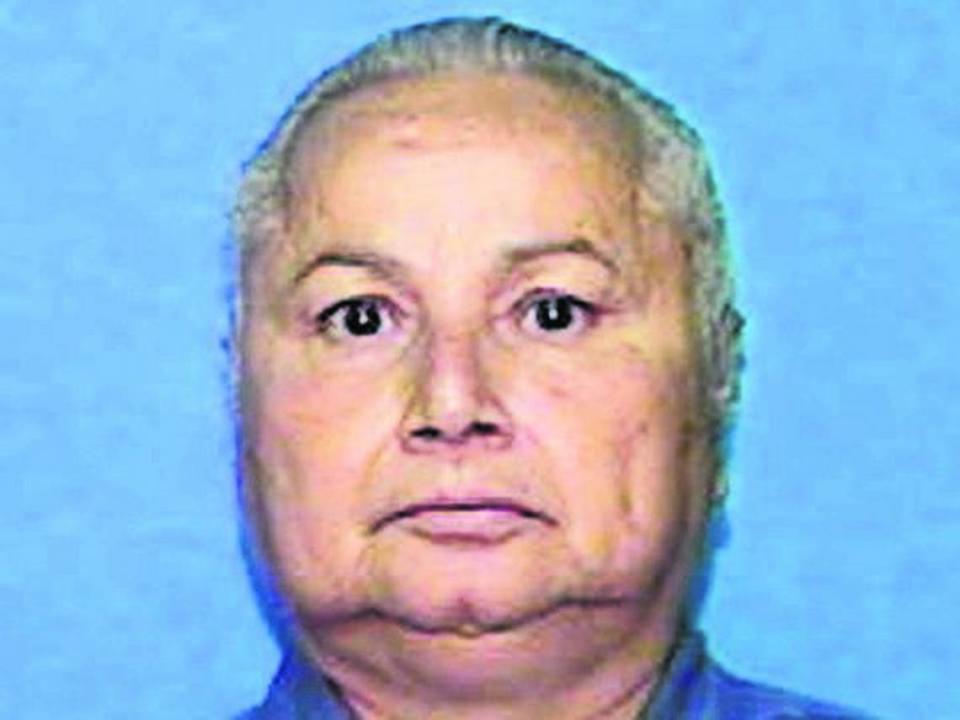
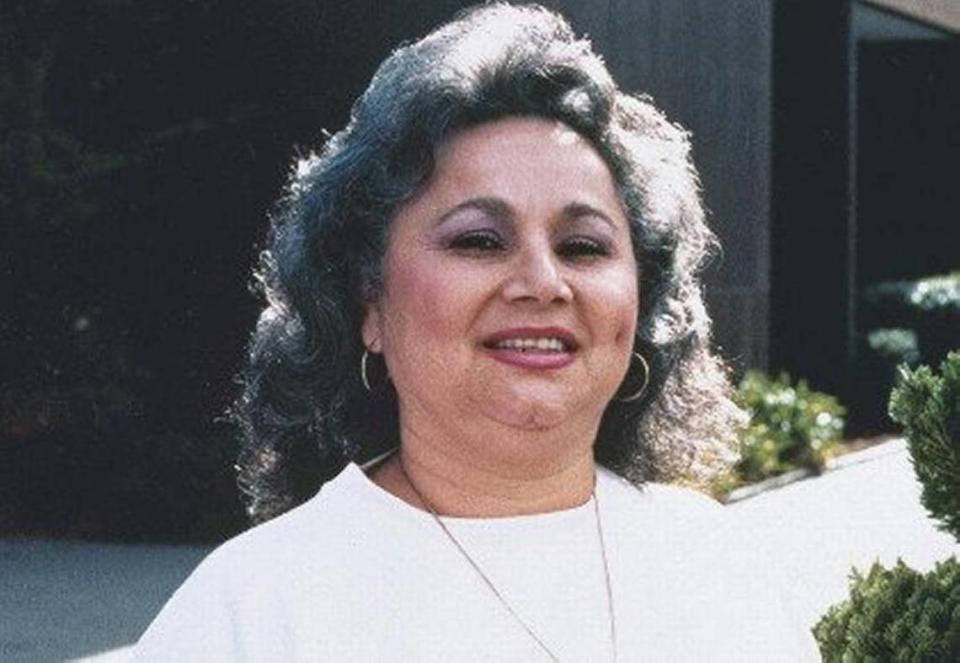
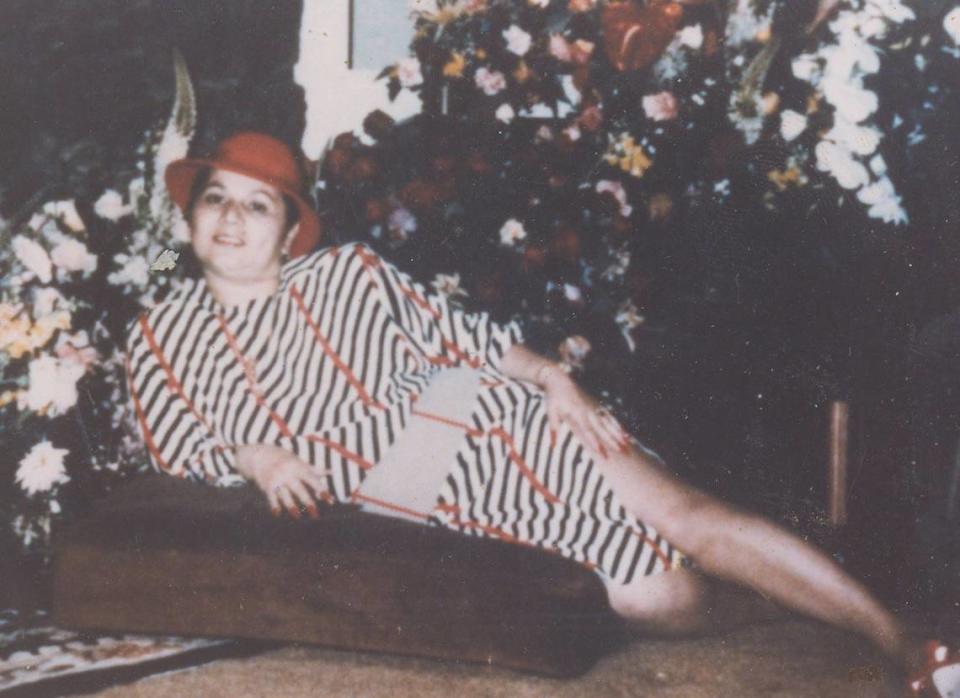
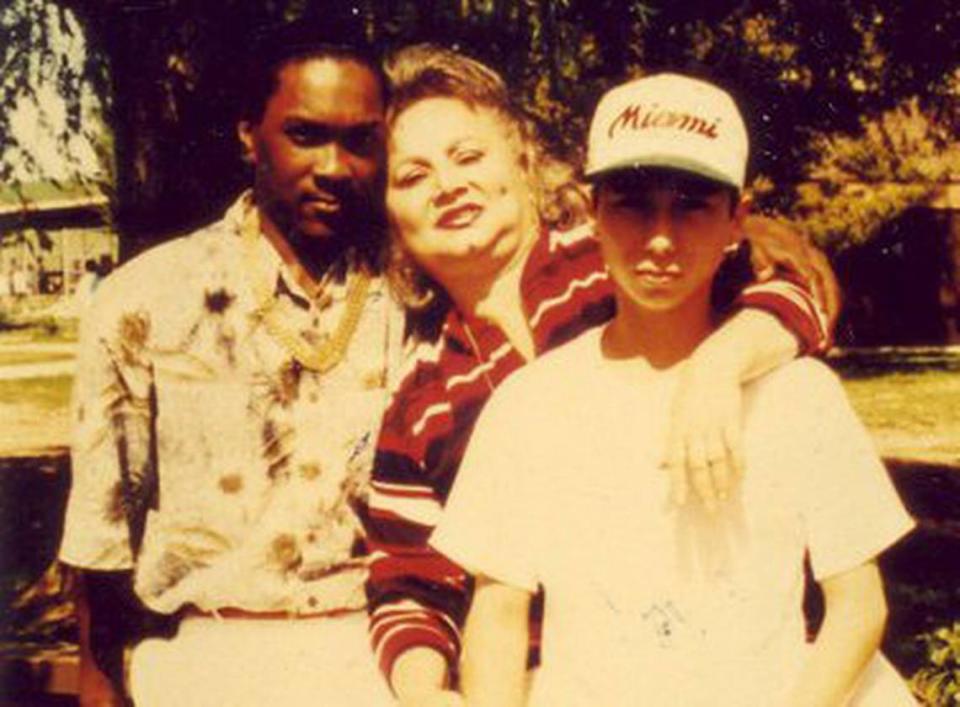
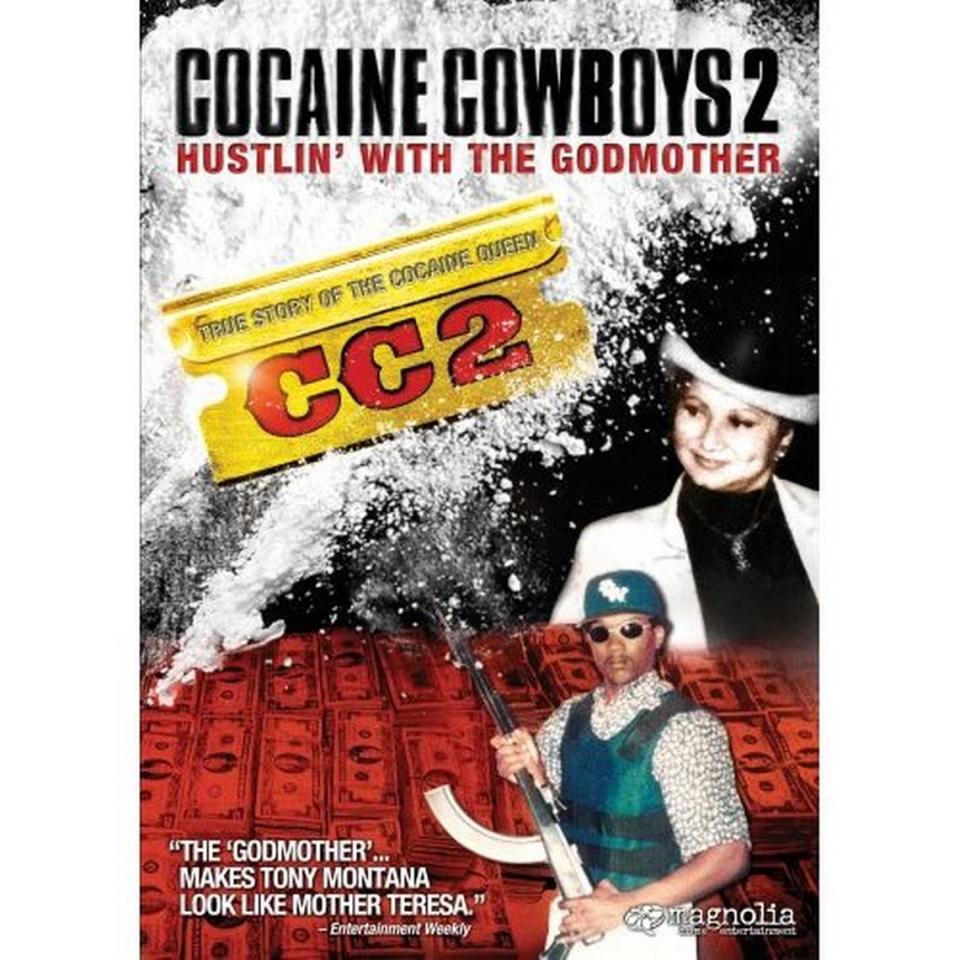
MORE: Bullets once flew at Dadeland Mall in a deadly shootout. The Cocaine Cowboys were here
Stories from the archive on the ‘godmother of cocaine’
THE LIFE AND DEATH OF GRISELDA BLANCO
Published Sept. 5, 2012
Griselda Blanco’s story was often told in numbers: she turned tricks at 14, and moved 300 kilos of cocaine a month in her 40s.
Known as the “Godmother” of the cocaine racket, she had up to 20 aliases, and unsubstantiated lore said she ordered some 250 murders. Police put it closer to 40. She died Monday at 69 at the Cardiso butcher shop on 29th Street in a Medellín neighborhood, where the former madrina was gunned down after a life of drugs and murder. Her last act on earth was buying $150 worth of meat.
The cocaine trade pioneer, who made her mark by bloodying Miami’s streets, died the same way she was arrested in 1985: with a Bible on her chest. It was a predictable end to a life marred by violence, prison, and impunity — a legacy nearly forgotten until filmmakers made her notorious. At least three feature films and an HBO series featuring Blanco were in the works at the time of her death.
“She found religion in later years,” said her former lover Charles Cosby, who expects to start shooting a film early next year called Hustle about his relationship with Blanco. “At the same time, you can’t bring a Bible to a gunfight.”
On Monday afternoon, a middle-age man climbed off the back of a motorbike outside a butcher shop in a quiet Medellín suburb, entered, pulled out a gun and shot Blanco twice in the head before calmly walking back to his bike and disappearing into the city.
As the woman lay dying on the ground, her pregnant daughter-in-law, who had been waiting in the car, lay a Bible on her chest.
No one who witnessed the attack knew until later that the victim was one of the most violent and powerful drug traffickers in Miami’s history. According to a witness interviewed by The Miami Herald, the killer was a man in his 40s or 50s who was calm and composed throughout the attack.
“He was a professional,” the witness said. “It was vengeance from the past.”
A police spokesman said it was known Blanco was in Medellín for the last eight years since serving 19 years in U.S. prisons and being deported, but there were no open investigations into her activities and there was no evidence that she was still involved in drug trafficking.
“If this was a homicide case in America, the list of suspects would be infinite,” said filmmaker Alfred Spellman, whose Cocaine Cowboy documentaries helped revive Blanco’s legend. “It would be the toughest case to solve: so many people wanted her dead.”
Blanco came up in crime by picking pockets. She eventually moved to New York, where she started trafficking in marijuana. But pot is bulky, and Blanco saw a growing lucrative market in cocaine, which was easier to tuck into girdles and other undergarments she had specially made, said Bob Palombo, the former DEA agent who helped bring her down.
“She mesmerized people,” Palombo said. “She could woo you with her acumen and make you a loyal follower. There was also fear: Anybody working for her also knew she wouldn’t ask anyone to do what she wouldn’t do herself.”
Her role in history as a ruthless female drug lord who killed at will was chronicled in a 1990 biography. Spellman later featured her in two documentaries and is now executive producing an HBO dramatic series based on the movies.
Palombo has a film project, too: both he and Blanco sold the rights to their story to First Born Films, which is finishing up a script. Mark Wahlberg made headlines early this year by announcing that Jennifer Lopez was chasing him down to play Blanco in a separate film he’s working on for Paramount.
The Bio Channel did a show on Blanco recently, as did National Geographic, Palombo said.
“There’s nothing wrong with competition, especially at the box office,” Cosby, a former crack dealer, said.
He explained that his affection for Blanco was not unlike the admiration a high school basketball player would have for Michael Jordan. Cosby was in the business, and admired the guru of his trade.
“Griselda got a bad rap,” he said. “We’ve all done things. Don’t judge her from what you hear in the media. I believe the number of murders she’s rumored to have ordered is accurate. At the same time, how many years ago was that? We all make mistakes.”
But Palombo said revenge runs deep.
“In that line of work, all debts are settled,’’ he said.
Assistant U.S. Attorney Stephen Schlessinger, who prosecuted Blanco, said he doesn’t dare venture to guess how many murders she ordered.
“It would certainly be dozens,” Schlessinger said. “We have no idea here how many murders she authorized in Colombia. She was a complete sociopath. She murdered people at the drop of a hat. She would kill anybody who displeased her, because of a debt, because they screwed up on a shipment, or she didn’t like the way they looked at her.”
She invented some of the techniques that became standard smuggling and murdering methods, and is alleged to have been responsible for the deaths of at least two of her ex-husbands. But Blanco was only criminally charged for three killings, in a case that fell apart when it was revealed that the star witness had phone sex with the secretaries at the Miami-Dade state attorneys office. Schlessinger recalls that Blanco got a good deal on her federal case as well, because defense attorney Roy Black made a plea bargain with the judge without the federal prosecutor’s knowledge.
“I was really surprised when I heard she was killed,” Schlessinger said. “We presumed her dead years ago.”
Schlessinger said he was at Blanco’s California home the day in 1985 that Palombo finally made his arrest after a decade of investigating.
“Palombo went up to her and gave her a big fat kiss,” Schlessinger said. “He said, ‘Griselda! I’m so glad to see you!’ That was the truth: he had been tracking her for 10 years.”
Palombo recalls how he interrupted her as she lay in bed reading the Bible.
“She was quite startled,” he said.
There was less surprise at the El Poblado high-rise where Colombian media say the queenpin lived in a valley of bamboo trees and luxury tower blocks cut into the Medellín mountainside.
“The people here have a lot of money and no one knows who they are or where it came from,” the security guard at one of the high-rises said. “It is very closed.”
Blanco was known to walk freely in the streets without bodyguards or ostentatious displays of wealth. She shopped at the corner Cardiso butcher shop often, and the workers were unaware of their customer’s brutal past.
“Her physical appearance had changed a lot — she looked quite fat,” the witness to her murder said.
He was surprised that her avengers let her live so long. Perhaps, he theorized, she outlived them.
“Because of her legal past — she spent a lot of time in prison — they let her live for a long time,” he said. “Out of these people, who is left? Very few. People don’t care about her anymore.”
The morning after the murder, the butcher shop was busy with customers and there was no sign of the execution of the day before. In Medellín, which still carries the scars of Pablo Escobar’s war against the Colombian state, life moves on quickly. The previous day, the police on the scene had not even taken statements from most of the witnesses to the murder, according to the witness.
“There was very little to tell,” he shrugged.
‘GODMOTHER OF COCAINE’
Published Sept. 4, 2012
Griselda Blanco, the drug kingpin known for her blood-soaked style of street vengeance during Miami’s “cocaine cowboys” era of the ‘70s and ‘80s, was shot to death in Medellín by a motorcycle-riding assassin Monday.
Blanco, 69, spent nearly two decades behind bars in the United States for drug trafficking and three murders, including the 1982 slaying of a 2-year-old boy in Miami.
Called the “Godmother of Cocaine,” she was deported in 2004 to Colombia, where she maintained a low profile. Colombia’s national police confirmed her slaying late Monday. According to Colombian press reports, two gunmen on motorcycles pulled up to Blanco as she walked out of a butcher shop in Medellín, her hometown. One pumped two bullets into her head, according to El Colombiano newspaper.
It was the sort of death many had predicted for her: Blanco has been credited with inventing the idea of the “motorcycle assassin” who rode by victims and sprayed them with bullets.
“It’s surprising to all of us that she had not been killed sooner because she made a lot of enemies,” former Miami homicide detective Nelson Andreu, who investigated her, said late Monday. “When you kill so many and hurt so many people like she did, it’s only a matter of time before they find you and try to even the score.”
The former kingpin was with a pregnant daughter-in-law, who was uninjured. According to El Colombiano, the woman told police that Blanco was no longer involved in organized crime and that she was hoping to live off the sales of several properties she owned. Blanco came to epitomize the “cocaine cowboy” bloodshed of the 1980s, when rival drug dealers brazenly ambushed rivals in public.
Raised in the slums of Medellín, she began her criminal career as a pickpocket, eventually commanding an empire that reportedly shipped 3,400 pounds of cocaine per month, by boat and plane. She was considered a Colombian pioneer in drug smuggling to the United States, a precursor to the larger cartels that dominated in the 1980s.
She even had a Medellín lingerie shop custom design bras and girdles with special pockets to hold cocaine, a tool used by her drug mules flying to Miami. She ran the organization with her three of her four sons, two of whom were later assassinated in Colombia.
Blanco was known for her flamboyant lifestyle — one of her sons was named Michael Corleone, an homage to The Godfather movies. Three of her husbands died in drug-related violence. But it was her nasty temper and penchant for unyielding violence that drew the attention of law enforcement and the public. Investigators linked her to the daytime 1979 submachine gun attack at Dadeland Mall that shocked Miami.
Detectives conservatively estimated that she was behind about 40 homicides. She was only convicted of three murders. Two of them involved the slayings drug dealers Alfredo and Grizel Lorenzo in their South Miami house, as their three children watched television in another room. They had failed to pay $250,000 for five kilos of cocaine that Blanco had allegedly delivered to them.
he was also convicted of ordering a shooting that resulted in the death of 2-year-old Johnny Castro, shot twice in the head as he rode in a car with his father, Jesus “Chucho” Castro. Blanco was targeting Jesus Castro, a former enforcer for Blanco’s organization.
Detectives learned the intimate details of the hit from Jorge Ayala, the charismatic hit man who later testified against Blanco. He told police that Blanco wanted Castro killed because he kicked her son in the buttocks.
“At first she was real mad ‘cause we missed the father,” Ayala told police. “But when she heard we had gotten the son by accident, she said she was glad, that they were even.”
Blanco was arrested in 1985 in a cocaine trafficking case in New York. Ultimately, she served 13 years in federal custody before she was handed over to Florida authorities.
Blanco seemed destined for Florida’s Death Row — but the prosecution’s murders case was dealt a severe blow. The reason: Ayala — the case’s chief witness —- engaged in phone sex with secretaries from the Miami-Dade State Attorney’s Office.
After an investigation, three secretaries were fired and a veteran prosecutor resigned. Special prosecutors from Orlando took over and Blanco cut a plea deal in 1998. Blanco was sentenced to three concurrent 20-year sentences, of which she had to serve only about one-third because of guidelines in effect at the time of the murders.
Even on her return to Colombia, she was believed to have held onto immense wealth. In recent years, younger Miamians were introduced to Blanco via two Cocaine Cowboys documentaries made by filmmakers Billy Corben and Alfred Spellman.
“This is classic live-by-the-sword, die-by-the-sword,” Corben said Monday. “Or in this case, live-by-the-motorcycle-assassin, die-by-the-motorcycle assassin.”

